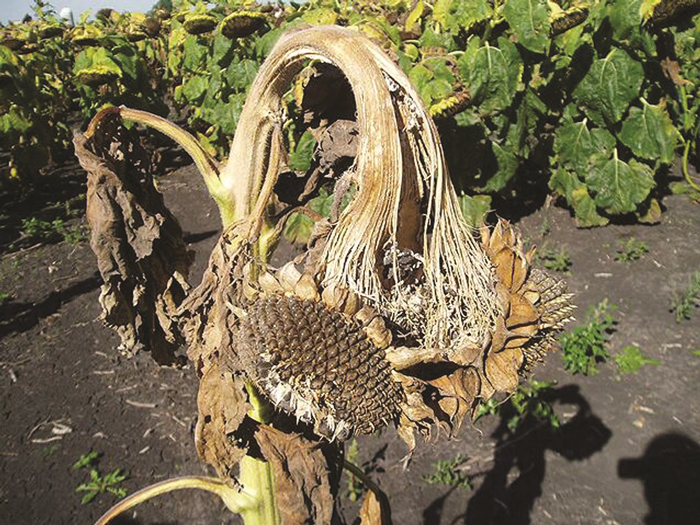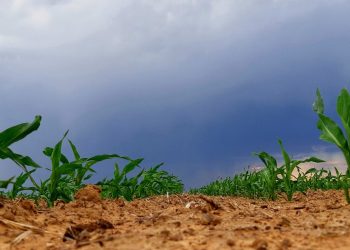
Communal land, which is predominantly found in rural areas, is collective territory owned and controlled by communities, rather than individuals or corporations. While the ownership and control aspects define communal land, it is essential to consider the soil quality and potential as crucial fac-tors for successful crop cultivation.
In many cases, communal lands exhibit comparable or even superior agricultural potential to privately owned neighbouring farms. However, despite these advantages, some farmers have withdrawn from farming on communal lands, while others continue to lease the land with the desire to transition to privately owned farms. Recognising the challenges and drivers behind this trend is crucial for sustainable farming on communal lands.
Factors contributing to the transition
CROP THEFT
Unemployment and lawlessness in the country have led to an alarming increase in crop theft. Farmers face a significant risk of crop theft, whether it is for personal sustenance or for resale purposes.
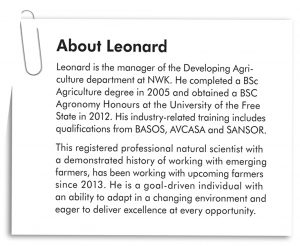
Crops like maize are particularly vulnerable due to their popularity as a food source and high market demand. Additionally, crops such as sunflower, although less prone to theft, are still affected by this issue. The prevalence of crop theft extends beyond communal lands, affecting farmers in proximity to villages as well.
LIMITED CROP ROTATION OPPORTUNITIES
The high theft rate of maize crops has resulted in many farmers practising monoculture – growing crops that are less susceptible to theft, like sunflower, on the same land for extended periods. This lack of crop rotation leads to decreased yields and increases the risk of disease outbreaks, such as Sclerotinia, when favourable climatic conditions prevail (Photo 1). Farmers who understand the benefits of crop rotation find this practice unattractive and unsustainable.
LACK OF FENCING
Communal lands often face challenges related to livestock grazing on crop fields due to the absence of adequate fencing. This poses a significant risk of crop loss, as conflicts between crop farmers and livestock owners frequently arise. In some cases, these conflicts escalate, resulting in deliberate sabotage of each other’s businesses.
TENURE UNCERTAINTY
Farmers leasing communal lands often operate under informal agreements without formal contracts. Consequently, landowners have the flexibility to terminate lease agreements at will, which is creating uncertainty for farmers.
This uncertainty discourages long-term investment in land improvements, such as soil pH correction, compaction remediation and soil fertility enhancement. The absence of such investments has rendered some communal lands undesirable and unproductive.
The lack of investment in soil can have several negative impacts on its pH, compaction and fertility, as outlined below:
- Soil pH: Without proper investment, the soil pH levels may not be adequately monitored and adjusted. Extreme acidic or alkaline soil conditions seriously affect the availability of essential plant nutrients. Excessively acidic soil can also lead to toxic levels of manganese in the soil, while highly alkaline soil can result in toxic amounts of molybdenum.
Maintaining a pH between 5,5 and 7 is generally considered optimal for plant nutrient availability. Failure to address pH imbalances can restrict the nutrient uptake by plants and impact their overall health and productivity.
- Soil compaction: A lack of investment in soil management practices can contribute to soil compaction. When soil particles are tightly packed together, pore spaces necessary for proper root development and growth are reduced (Photo 2 and 3). This can impede water infiltration, drainage and nutrient availability.
Crop yields are often reduced when soil compaction limits the root development, crop growth and nutrient uptake. Some studies have estimated that soil compaction can decrease yields by more than 40%.
- Soil fertility: Insufficient investment in soil fertility management can lead to poor nutrient content and imbalances in the soil. Fertile soil should contain an adequate supply of major nutrients such as nitrogen, phosphorus and potassium, as well as various essential micronutrients which are required in small quantities.
However, due to this problem, communal lands may have a low phosphorus status resulting from limited fertiliser application. Phosphorus is an essential nutrient for plant growth, and its deficiency can lead to weak plants that fail to achieve their full potential in terms of yield and productivity (Photo 4).
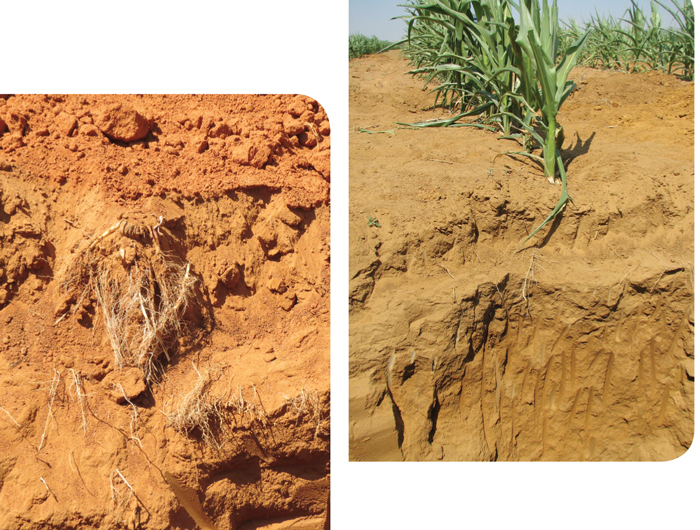
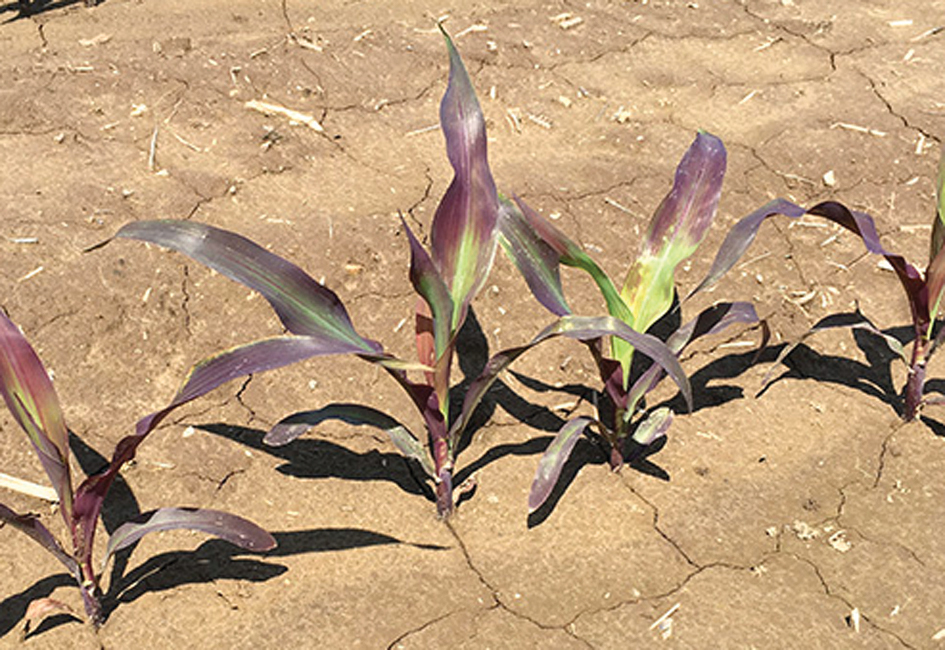
Overall, the lack of investment in soil can result in suboptimal pH levels, increased compaction and reduced fertility. These factors can limit the nutrient availability, hinder root development, impede water movement, and ultimately lead to decreased crop yields and agricultural productivity.
Investing in soil management practices, such as regular soil testing, appropriate amendments and conservation techniques, is crucial for maintaining soil health and maximising agricultural outputs.
Addressing the challenges
LONG-TERM LEASES WITH CONSEQUENCES
Introducing lease agreements with longer terms, accompanied by clear obligations and consequences for both the lesser and the lessee, can foster confidence and incentivise farmers to make sustainable investments in the land. Such arrangements may attract farmers back to communal lands, resulting in increased crop production.
RAISING AWARENESS OF COMMUNITY BENEFITS
Educating the community about the economic advantages of productive farming activities in their vicinity can foster support and cooperation. Increased awareness of the positive impact on job creation, income generation through land leases and the availability of fodder for livestock during the winter months can help create a mutually beneficial relationship between the community and farmers.
SOIL CORRECTION INITIATIVES
Investments in soil correction, particularly aimed at improving the pH levels and phosphorus status, are crucial for sustainable and profitable farming on communal lands. Financial assistance in the form of subsidies from grain trusts, term loans from private funders and government grants from the land-care department can facilitate farmers in implementing the necessary soil amendments.
Summary
The soil’s potential is not determined by its geopolitical location or boundaries, but rather by its inherent physical characteristics. Although the chemical composition of soil can change over time due to human activities influenced by political factors, the soil we currently have will remain the same for many years, unless the relocation of people to Mars becomes a reality.
Therefore, it is crucial for us to adopt a sustainable approach towards every piece of land suitable for farming and become responsible stewards, ensuring that it continues to produce food for future generations. Creating a farming-friendly environment in communal lands can provide opportunities for new farmers to start their careers affordably.



